Let’s explore some fun facts about Florence together– a city in Italy akin to a living museum. One cannot imagine how many creations and minds it hosted over the years. From its Renaissance impact to cutting-edge feats, it rose as a hub of progress.
Join us as we uncover the city’s dynamic past that marked it as an innovation capital. Get ready for some fun facts about Florence that turned history, culture, and art around.
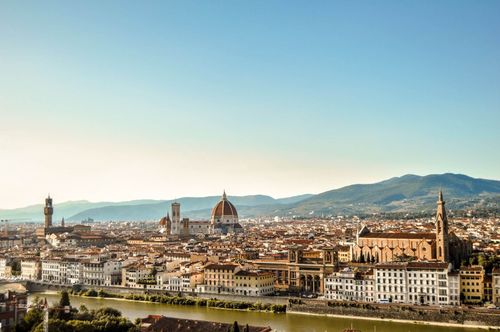
You May Also Like: 25 Simple Tips to Maximize Your Italian Adventure
Where in Italy is Florence?
Florence (in Italian: Firenze) is in the central part of Italy, in the region of Tuscany, and serves as the capital city of the region. It is also the largest city in Tuscany. Renowned for its rich history and cultural heritage, the name “Florence” itself means “prosperous” or “flourishing,” reflecting the city’s enduring legacy as a center of art, commerce, and intellect since the medieval period.
15 Facts About an Italy Gem: Florence
1. Italy’s Brief Capital
Florence served as Italy’s capital for six years (1865-1871) during the unification period known as the Risorgimento. Such a measure aimed to provide a neutral ground but was brief, as the capital was later moved to Rome in 1871 when Italy’s politics unified.
2. The Birthplace of the Renaissance
Florence is considered the birthplace of the Renaissance, a cultural and intellectual movement that changed art, literature, science, and philosophy. The city was a beacon for progress and creativity during that historical period.
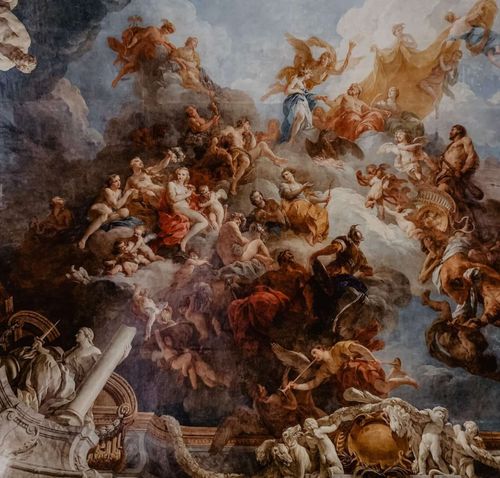
3. Florence’s Cultural Wealth
UNESCO states that Italy is home to 3 out of every 5 of the world’s most significant art pieces, with Florence alone having half of them. As a UNESCO World Heritage Site, the city’s museums, churches, and palaces are replete with masterpieces by renowned artists.
4. The Sweet Legacy of Gelato
We’re in the birthplace of Gelato, a delectable and genuine Italian ice cream with less fat, denser texture, and more intense flavors. Can we agree that in many aspects, gelato is superior to regular ice cream? Likewise, the city boasts many gelaterias with a variety of exquisite and artisanal flavors that tempt visitors and locals alike.
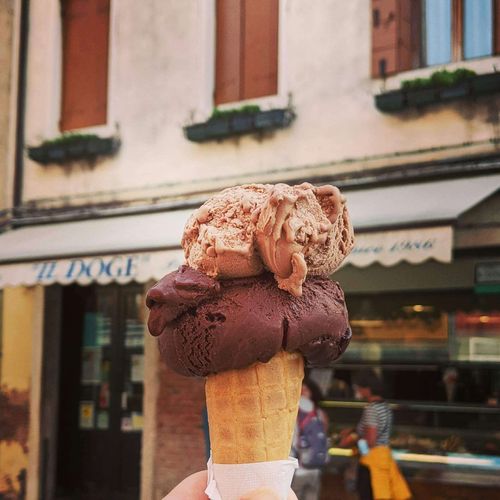
5. Florence Paved the Way for Europe
Florence was the first city in Europe to pave its streets. This made it a pioneer in urban development and also influenced others to do the same. It’s an interesting fact about the history of Italy and Florence that probably you didn’t know!
6. The Birthplace of the Piano
Thanks to Italian Bartolomeo Cristofori, the piano was invented in this part of the world. He created this new kind of keyboard instrument to make music more expressive and dynamic. No doubt that this invention changed the world of music, and the role of the city in its creation was essential.
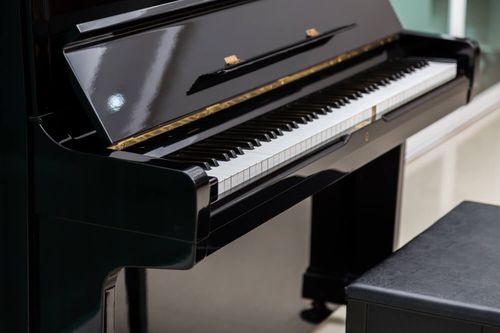
You May Also Like: Best Italian Cities to Explore on Your Next Getaway
7. Gucci’s Florentine Roots
Gucci kicked off as a small shop selling leather goods and luggage in the Italian city of Florence. Founded in 1921 by Guccio Gucci, it later grew into a global fashion icon known for its quality and stylish designs. Florence played a crucial role in shaping its unique identity in the world of high fashion and it can still be seen today in the brand’s continued connection to its original store.
8. The Famous Cathedral That Took Over 140 Years: The Duomo di Firenze
One of Florence’s marvels, the Duomo di Firenze, took close to a century and a half to build. The famous cathedral by Filippo Brunelleschi was designed using a double-shell structure. One of the most interesting facts is that its dome is still the largest brick dome ever built, which gives you a clear idea of the breadth of innovation and artistic feats of the Renaissance.
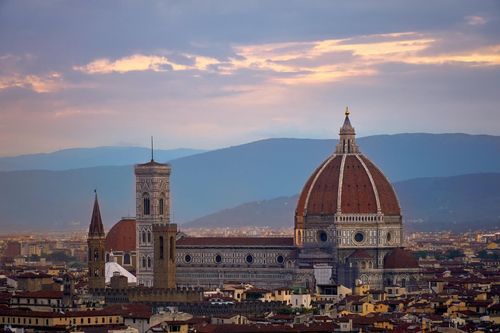
9. Uffizi Gallery: A Timeless Art Haven
The Uffizi Gallery in Florence is a must-visit, housing iconic works by artists like Michelangelo, Leonardo da Vinci, and Botticelli. Originally it was an office building for Florentine magistrates, it is one of the oldest and most famous art museums in the world. Plus, the Vasari Corridor connects it to other palaces like the Pitti Palace, serving as a historic route with artist self-portraits. Its collection spans from the Middle Ages to modern times.
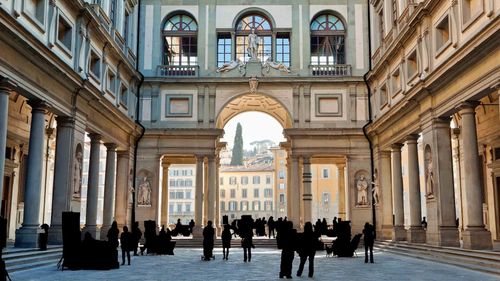
10. Ponte Vecchio: Bridge of Legends
Ponte Vecchio, Florence’s old bridge, is from Roman times. The bridge survived World War II due to its unique story. Precisely, legend has it that when the German forces were ordered by Adolf Hitler to destroy all bridges in Florence, an officer refused to follow the orders, deeming the bridge too beautiful to be destroyed.
Also, it is well-known that if you attach a padlock to the Ponte Vecchio bridge and toss the key into the river it would make your love eternal. Hey, if legends say so!
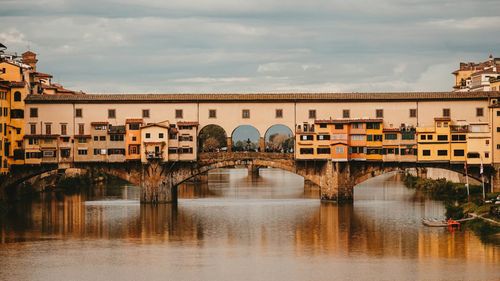
11. Michelangelo’s David: An Icon of Florence
David, a symbol of universal art, was sculpted in this city. Crafted from a rejected block of Carrara marble, the statue is a symbol of the city’s resilience and strength. At first, it stood in the Piazza della Signoria, but due to preservation concerns, a replica now stands in place of the original, and the real David is shown in the Academia Gallery.
What makes Michelangelo’s David special? The David sculpture excels at precision, showcasing Michelangelo’s mastery and innovative artistic mind. Its detailed anatomy, lifelike pose, and realistic expression capture the moment before David’s battle with Goliath, a symbol of human strength and courage.
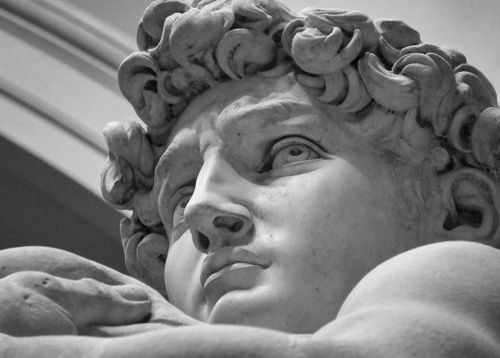
12. The Giglio Flag: Symbol of Florence
Florence’s flag features a bold red iris, known as the “Giglio,” on a white background. This symbol has a deep historical meaning, representing the city’s identity and its key role during the Renaissance. The red iris stands for purity, clarity, and nobility and appears not only on flags but also in many details and artifacts.
The Giglio has been linked to Florence since the 11th century and was widely used by the powerful Medici family as a symbol of their patronage and influence. It’s also evident in plenty of architectural structures and public spaces throughout the city.
13. Vasari Corridor: A Secret Art Passage
The Vasari Corridor is a secret passageway that the Medici family under Duke Cosimo I de’ Medici had built for themselves in 1565. About one kilometer long, it connects the Palazzo Vecchio to the Palazzo Pitti, passing over the Ponte Vecchio. Besides being a hidden path to allow the Medici family to move between their residences without being seen, the corridor serves as a unique art gallery with many self-portraits of famous artists, including Rembrandt and Velázquez.
A hidden gem designed by Giorgio Vasari that serves a unique purpose with great artistic beauty, the corridor also offers great views of the Arno River and the city of Florence.
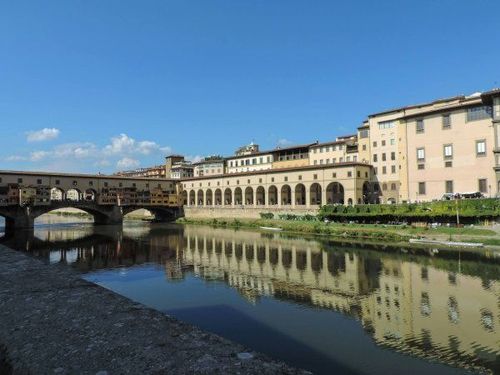
14. Leonardo da Vinci’s Florentine Roots
The genius polymath, Leonardo da Vinci, was indeed born in a town near Florence, Italy on April 15, 1452. While he wasn’t born exactly in the city, his hometown is very close. His early exposure to the rich cultural and artistic scene of Florence had a huge impact on his work. Hence, his birth marks the beginning of his lasting contributions to art, science, and various fields like anatomy, engineering, and aerodynamics.
Other famous people from Florence include Dante Alighieri, the father of the Italian language and author of “The Divine Comedy,” and Michelangelo Buonarroti, the renowned sculptor, painter, and architect known for masterpieces such as the Sistine Chapel ceiling and the statue of David.
15. The Medici Family: Florence’s Powerhouse in Europe
The Medici family, a powerhouse in Florence made a mark through banking, politics, and patronage of the arts. Their financial success allows them to create the Medici Bank, one of the richest and most respected institutions in Europe.
But the family’s dominion reached far and wider than that in Europe: they had four Popes (Leo X, Clement VII, Pius IV, and Leo XI) and two Queens of France in the family (Catherine de’ Medici and Marie de’ Medici). They supported famous artists like Michelangelo, Leonardo da Vinci, and Botticelli, influenced English Kings, and even funded the papacy, shaping European culture and politics.
Other lesser-known interesting facts about Florence, Italy
- The first opera, “Dafne,” was performed in Florence in the late 16th century.
- An early form of soccer, Calcio Storico, originated in Florence and is still played today.
- Florence hosts one of the world’s oldest pharmacies, the Santa Maria Novella Pharmacy, founded in 1221.
- The Laurentian Library, designed by Michelangelo, contains rare manuscripts and is an architectural marvel.
- Caffè Gilli, 1733, is one of the oldest cafes in Florence and in Italy.
Final Thoughts about Florence
Florence is a city in Italy rich in historical and cultural facts. From the Renaissance treasures to the modern marvels, it is a destination that demands exploration. To make the most of your trip, stay connected with Yoho Mobile, the best eSIM provider. With Yoho, you can enjoy an easy setup process, tailored data plans for 190 countries, unbeatable prices, 24/7 customer support, and, most importantly, no costly roaming charges.
Stay connected, untethered, and amazed with Yoho Mobile during your Florence adventure
